Pioneering Woman Designer Overcame Obstacles to Change Textiles Forever — and Bring the Wow Factor to a Texas Temple
From Bauhaus to God's House: The Anni Albers Story
BY Rebecca Sherman // 04.12.19Anni Albers in Europe, circa 1930.
In 1949, Bauhaus-trained Anni Albers became the first textile designer to have a solo exhibition at the Museum of Modern Art in New York City.
A remarkable achievement during an era when women were rarely rewarded for their artistic prowess, the show helped establish Albers as one of the most important designers of the day.
But her road to success hadn’t been easy. Albers enrolled at the Bauhaus in Weimar, Germany, in 1922. She expected to pursue some of its more progressive workshops, including glass-making, which would allow her to work with exciting new materials, such as Plexiglas. Instead, she was nudged into a weaving workshop known as “the women’s class,” where she took her place at the loom.
Albers made the most of her situation, eventually becoming head of the weaving department. She experimented with cutting-edge materials, producing functional and beautiful textiles that incorporated light reflection, sound absorption and durability — all advanced concepts for the era.
She married fellow Bauhaus student Josef Albers, who was also destined to become a famous artist and educator. The two fled Germany before World War II, arriving in North Carolina to teach at the experimental Black Mountain College in Asheville.
Bauhaus founder Walter Gropius, who moved to America to teach at Harvard Graduate School of Design, commissioned the up-and-coming Anni Albers to design textiles for the university.
She published numerous articles on design, and her weavings were shown in museums across the country, including a MoMA exhibit. Throughout the 1950s, she gained renown for her innovations, producing textiles from such unconventional materials as cellophane, Lurex and metallics, which she wove with natural jute and linen yarns.
The Alberses made trips to Mexico, where their circle included muralist Diego Rivera and architect Luis Barragán, both destined to become leaders of the modernist movement.
Albers picked apart ancient fragments to understand their structure and used traditional techniques in her weavings. Always an innovator, she created jewelry inspired by pre-Columbian treasures but made from unexpected materials such as paper clips and faucet washers.
She was one of the most forward-thinking and avant-garde artists of her generation — but one who happened to be working in textiles.
A Dallas Sanctuary
By 1956, when Temple Emanu-El began building its new Howard Meyer-designed synagogue on Hillcrest Avenue in Dallas, there would have been no more prestigious choice than Albers to design the ark coverings for its sanctuary.
The eight 20-foot-high panels slide open to reveal Torah scrolls, used in some of the temple’s most sacred rituals and ceremonies. Albers based the green, blue and gold color scheme on the sanctuary’s stained-glass windows, designed by Hungarian sculptor György Kepes.
Published works describing the ark panels are unclear as to how she made the fabric, but Dallas-based textile conservator Heather Reichstadt, who repaired the panels in 2010, says the fabric was woven entirely from colored Lurex yarns, a mid-20th-century invention that Albers would have embraced.
“It was considered cutting-edge for the era, and exactly the type of material Anni Albers was experimenting with,” Reichstadt tells PaperCity.
The panels, which have been in constant use for 63 years, are as functional as they are beautiful. Extra material left at the temple was kept, and the original hues, though now a bit faded, are breathtaking.
The panels were so dazzling in 1957 that the temple’s building committee initially objected to the design and requested they be toned down. When new fabric couldn’t be woven in time, the committee relented, and the panels were installed. The controversy was soon quelled, however, as Life magazine featured the ark panels in its November issue of that same year.
Last fall, London’s Tate Modern mounted a show on the work of Anni Albers and included studies for the Temple Emanu-El ark panels.
London-based textile design studio Christopher Farr Cloth, which has an ongoing collaboration with the Josef and Anni Albers Foundation, has recently released two new fabric designs based on Anni’s archives: Orchestra, drawn from a series of works of the same title and inspired by Anni’s visits to the Berlin Opera as a child, and Temple, developed from a study for the ark panels that she created for Temple Emanu-El.
The fabrics are screen-printed on Belgian linen at Christopher Farr’s artisan print house in London.
Christopher Farr Cloth, to the trade at ID Collection, Dallas Design Center, 1025 N. Stemmons Freeway, Suite 745, interiordesigncollection.com.

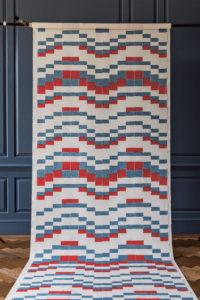
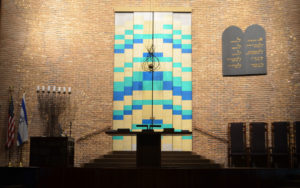
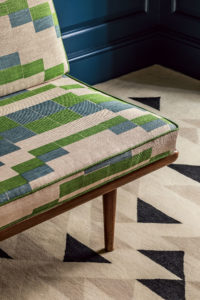
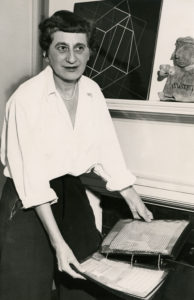
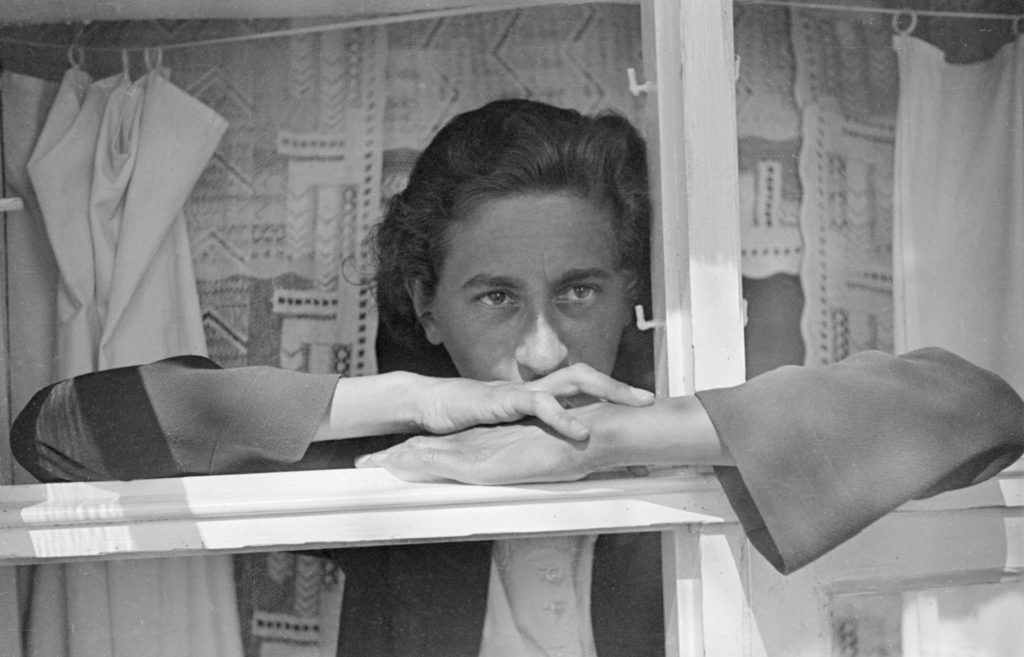
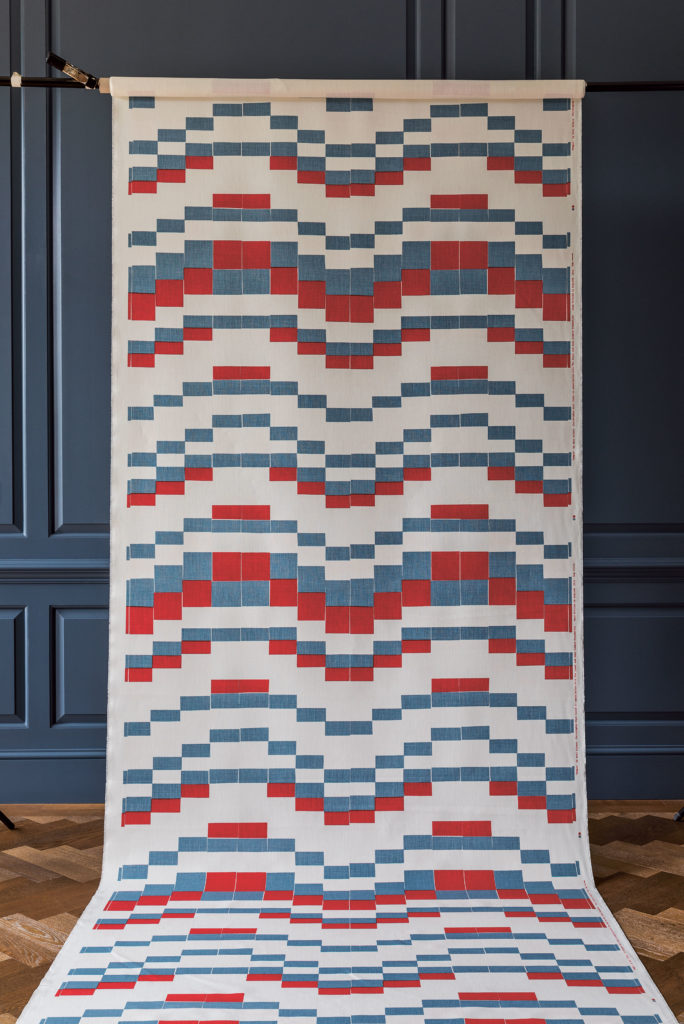

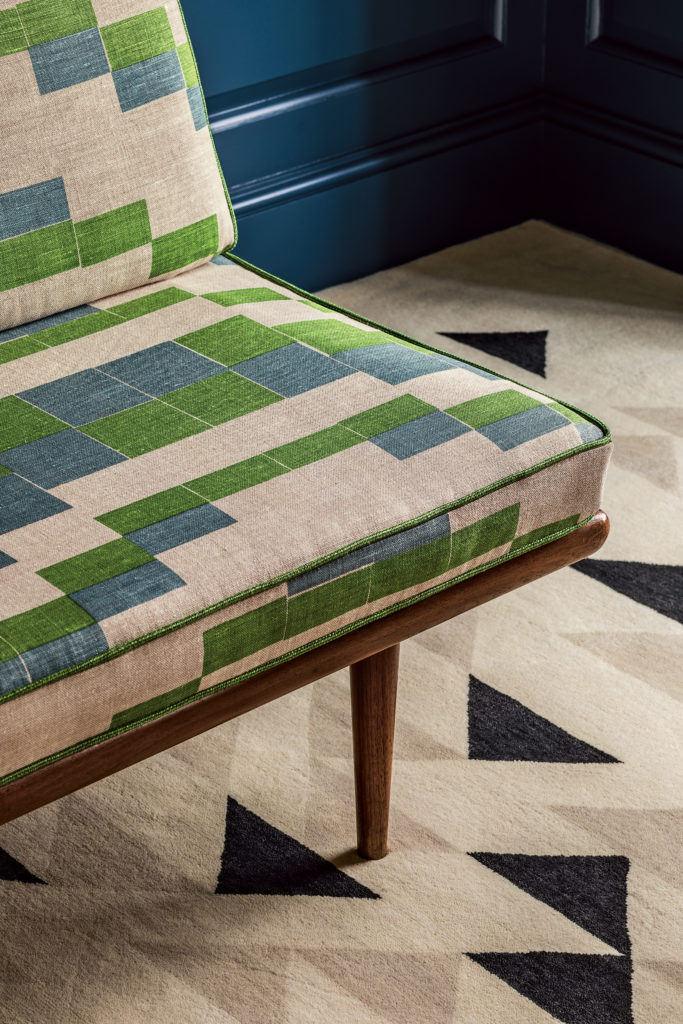
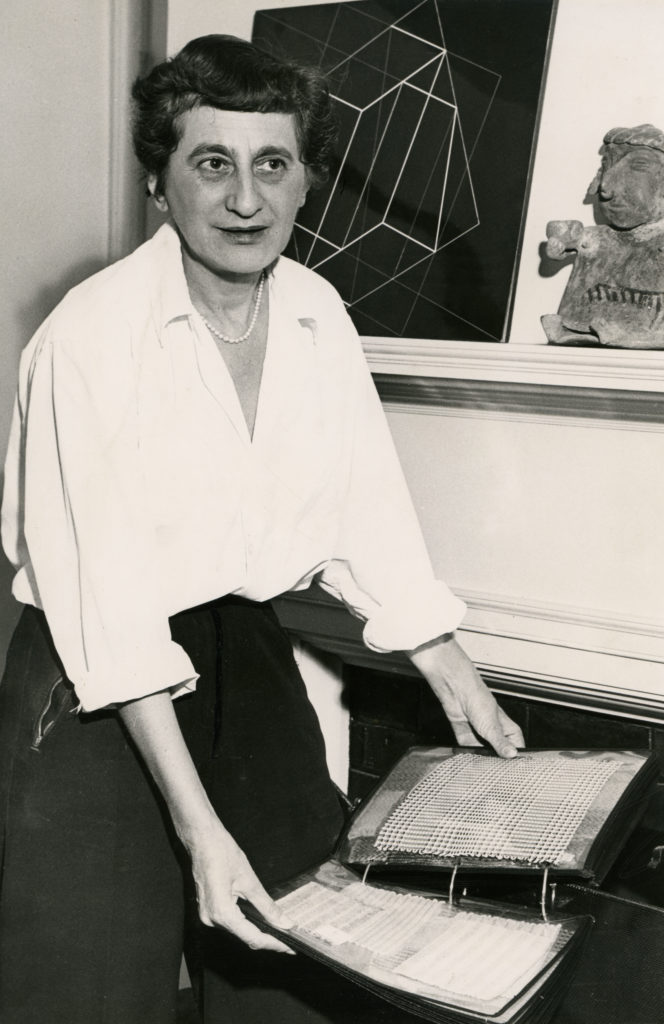




















_md.jpeg)


